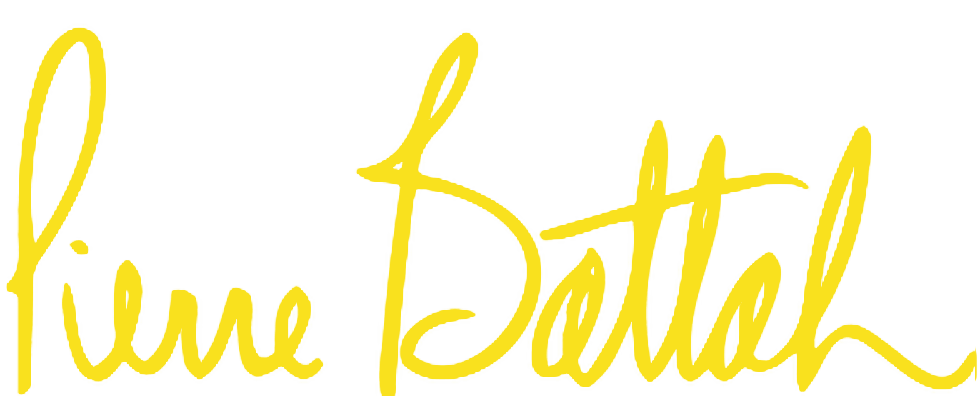The Language of Work
Have you ever found yourself in a workplace setting and suddenly realized that those around you were speaking so that although it was in your language, the words being used were meaningless for you while everyone else seemed to understand the conversation fully?
A colleague spoke to me recently about her return to work after a considerable absence from the sector only to find that the combination of abbreviations, industry-specific jargon and “empty speak” (which I recognize may illustrate the point of using words that seem meaningless only too well) had her feeling excluded, misinformed and old.
Workplaces are renowned for their language and linguists and organizational theorists, who have studied the implications of how we speak on the job and with good reason. Language has an impact. The title of Harvard researchers Robert Keegan and Lisa Laskow Leahy’s book “How The Way We Talk Can Change the Way We Work” sums it up. I had the pleasure of attending a workshop with Keegan. My strongest memory was how he used very plain language to explain very complex thinking and how deliberate his use of words was within the context of his talk.
Keegan is a far cry from those who use jargon or highly specialized terminology (which he clearly has in his vocabulary) to impress others, establish their rank or status or distinguish themselves. Admittedly, abbreviations are often an effort to speed things up. If you have to say Request for Proposal a lot, RFP makes sense and, in some circles, it has become so commonly understood you wouldn’t think of spelling it out…until you are in the company of someone who is not from your professional world.
Organizational life has been littered with military and sports lingo forever, especially in testosterone-fueled environments. Think about war references like spending time “in the trenches” or “picking your battles” or sports expressions like “stepping up to the plate” or “throwing a curveball.” Many such words and phrases have become mainstream, as have those we have borrowed from our digital life (“trending” or “LOL”). But as our workplaces become increasingly diverse, we must ask ourselves if plain language isn’t simply more inclusive and clear.
I believe we reach for military, sports or internet clichés or the newest trendy business-speak (think “Deep Dive,” “Drinking the Kool-Aid,” or “Open the Kimono”) to fit in, to be hip or because we have difficulty coming up with the words. It is not surprising that you can find “What to Say” books for job interviews, workplace conflict or everyday workplace conversations. We are all looking for ways to say things that communicate meaning. However, we now know that the use of abstract words and buzzwords lessens trust with those we are attempting to communicate with. It increases the perception that we may be lying, as outlined in a 2010 study entitled…wait for it… “Truth from Language and Truth from Fit: The Impact of Linguistic Concreteness and Level of Construal on Subjective Truth.”
Plain inclusive language and some sensitivity in making sure that when we use technical terms, abbreviations or industry jargon, we spell things out just makes sense, especially when newcomers or those unacquainted with our workplace and its quirks of language are present.
I hope this has expanded your bandwidth, prevented FOMO, and enabled you to leverage your increased capacity as you circle back to make sure you take your workplace convos to the next level.
